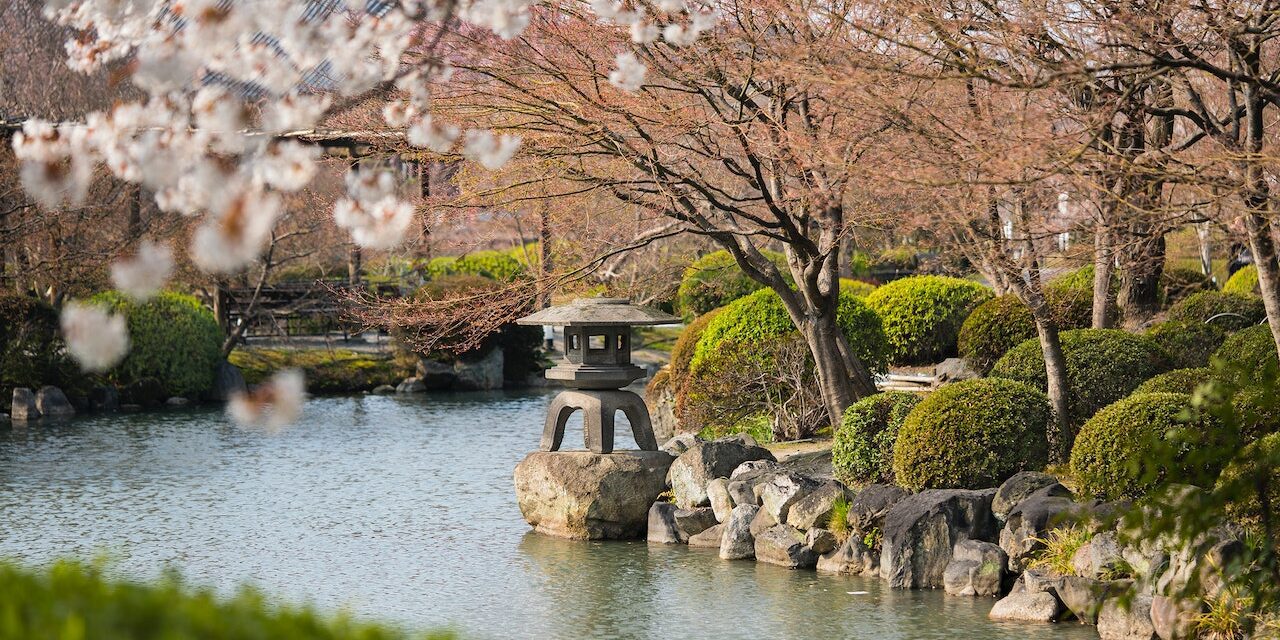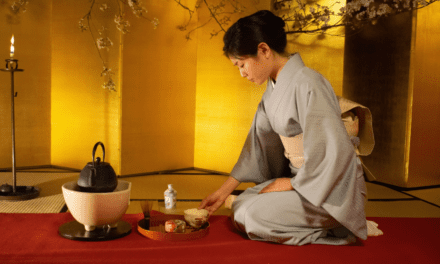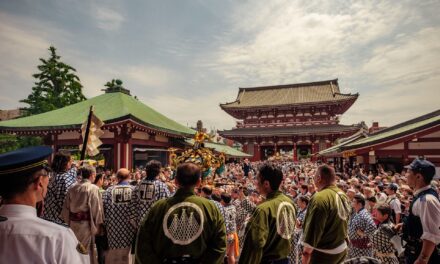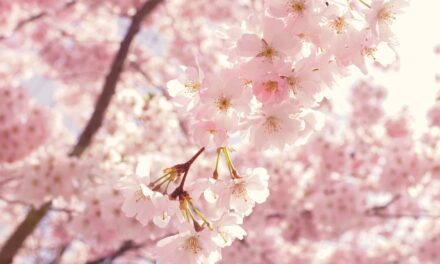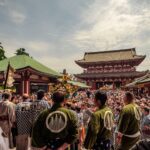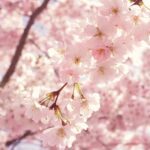When you’re in Japan, you’ll notice that there’s an abundance of gardens and parks everywhere.
There are plenty of tourist recommendations to go to these spots as well, so you would know that the Japanese take nature very seriously.
There’s a reason for that.
Japanese gardens are a true representation of the country’s culture, art, and history.
These gardens are not only a visual treat but also a symbol of the Japanese way of life.
In this guide, we will explore reasons why Japanese love gardens and parks and the different types of gardens as well as the best ways to enjoy them.
The History of Japanese Gardens
Japanese gardens have a rich history that dates back to the 8th century.
The earliest gardens were created by the imperial court, and were designed to represent the natural beauty of the country’s landscape.
Since Japan has many beautiful and scenic environments, the people learnt to capitalise on them and fully enjoy them.
As China played a huge influence in Japan’s history, these early gardens were heavily influenced by the Chinese gardens.
These gardens were designed to reflect the best parts of nature from their perspectives.
During the Edo period (1603-1868), the popularity of Japanese gardens increased, and over time, the significance of the gardens grew as well.
The samurai class– who were the ruling class during this period- created gardens to flaunt their status and wealth; they wanted to demonstrate their power over their area because not many were able to afford such land spaces.
It was also their way of expressing themselves since they were educated in the arts as well; to be able to enjoy the finer things in life such as poetry, tea, and beauty.
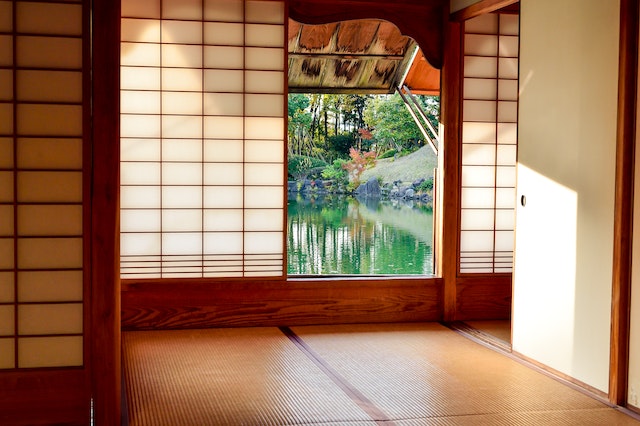
Why is it important to understand Japanese gardens?
There will be many tourists who visit Japan, but they may not understand the significance of these Japanese gardens.
Because of that, you will find yourself walking aimlessly through these beautiful gardens without understanding the thought process that the makers of these gardens went through.
Like poetry, these garden makers carefully built these gardens with meaning and purpose, and if you understand the intent and symbolism behind the design, you’ll better appreciate these gardens.
It’s like spotting easter eggs in a game or cameos in movies.
Types of Japanese Gardens
Japanese gardens come in a variety of forms, each with its unique style and symbolism.
These common types of Japanese gardens include:
Stroll Garden (Kaiyushiki-teien)
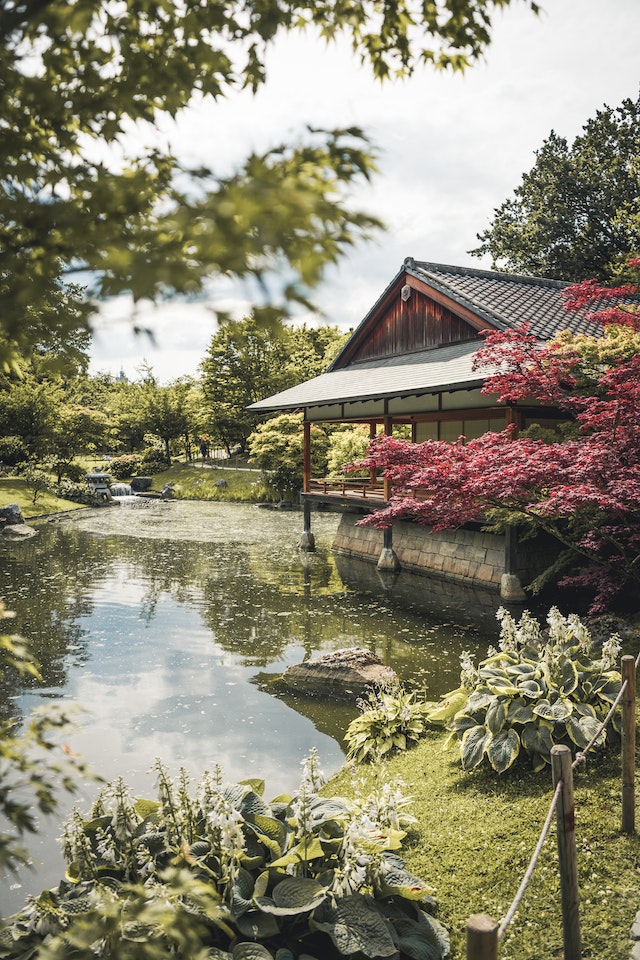
Stroll Gardens – also known as Kaiyushiki-teien – are designed with many philosophical concepts of Japanese aesthetics and beauty.
The idea is to steer clear from modifying the natural landscape as much as possible.
If there were to be any human intervention in these park designs, they would often use aged materials to blend in with the natural landscape – as if it had been sitting with nature for many years.
These gardens are often small in scale relative to other gardens and are designed to be viewed from various angles as you ramble around.
You’ll find a central pond or lake, with paths and bridges leading to different areas of the garden.
In the past, you’ll find Japanese royalty strolling along these parks as a form of leisure, and it had a huge influence on the aristocrats of the past.
Some of these gardens may have an observation platform or even a cafe that allows you to sip a cup of matcha while admiring the beautiful landscape.
There are plenty of Japanese strolling gardens around Japan.
You can find on in Tokyo called Imperial Palace East Gardens.
Zen Rock Garden (Karesansui)
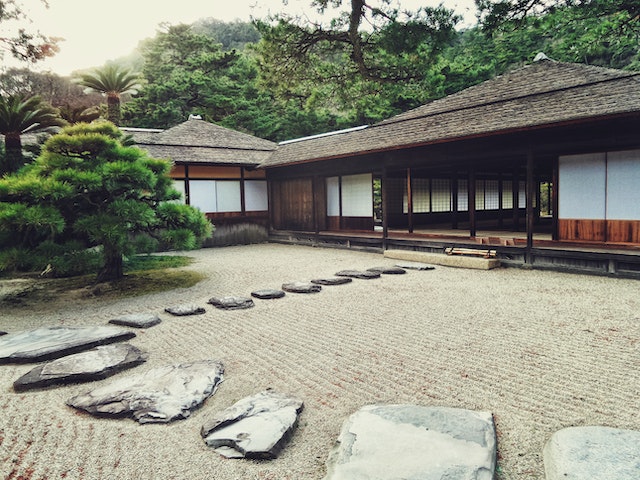
The Zen gardens, also known as Karesansui, are gardens that are filled with rocks and stone and surrounded by trees and plants.
The Karensansui gardens are iconic and unique to Japanese culture.
They are often used as a meditative space and are a symbol of Zen Buddhism.
These gardens are designed to be viewed from a single vantage point and intricate patterns are raked into the gravel.
These patterns are meant to mimic the patterns of nature such as waves of water or wind patterns.
The size of these gardens is the smallest amongst the other gardens and they are often surrounded by walls and buildings – typically Buddhist temples or monasteries.
If you’re visiting Kyoto, you could visit the famous Zen temple, Ryōan-ji.
Hill Garden (Tsukiyama)
Hill gardens, also known as Tsukiyama, are characterized by the hill in the landscape of the garden.
Oftentimes, the hills in these gardens are artificial and they are made to allow people to view the garden from a high vantage point.
Accompanying these hills are ponds, shrubs and trees, giving the gardens a serene atmosphere.
As you’re strolling through the hill gardens, you can view the garden from various angles which gives you a variety of ways to appreciate the natural landscape.
They are often used as a meditative space and are a symbol of the Shinto religion.
One of the famous Tsukiyama Gardens is the Koraku-en located in Okayama
Symbolism in Japanese Gardens
Japanese gardens are not just a visual treat, they also have deep symbolism.
The gardens are designed to be a reflection of nature, and the elements used in the gardens are often symbolic of the natural world.
Water
Water is a common element in Japanese gardens, and it is often used to symbolize the flow of life.
The ponds and lakes used in the gardens are often designed to be a reflection of the natural world.
Not only does the body of water cool the gardens during the hot summers, but it also calms the mind of the people walking around it.
Rocks
Rocks are a common element in Japanese gardens, and they are often used to symbolize the permanence of nature.
Additionally, it also symbolizes the ubiquity of nature; wherever you go, you’ll always be able to find some form of rock around you.
The large rocks used in the gardens are often symbolic of mountains and this allows the garden-goers to appreciate the size of the rocks in comparison to themselves.
Plants
Plants are a common element in Japanese gardens, and they are often used to symbolize the growth and change of nature.
The different types of plants used in the gardens are often symbolic of different seasons and are designed to be a representation of the natural world.
How to enjoy Japanese Gardens
Rambling around the garden
Japanese gardens represent Japan’s culture, art, and history – dating back centuries.
To truly enjoy a Japanese garden, it is vital to understand the symbolism and history behind the gardens.
This brings out the meaning in these gardens and you’ll be able to appreciate the gardens better.
The best way to enjoy a Japanese garden is to take a stroll and take in the beauty and serenity of the space.
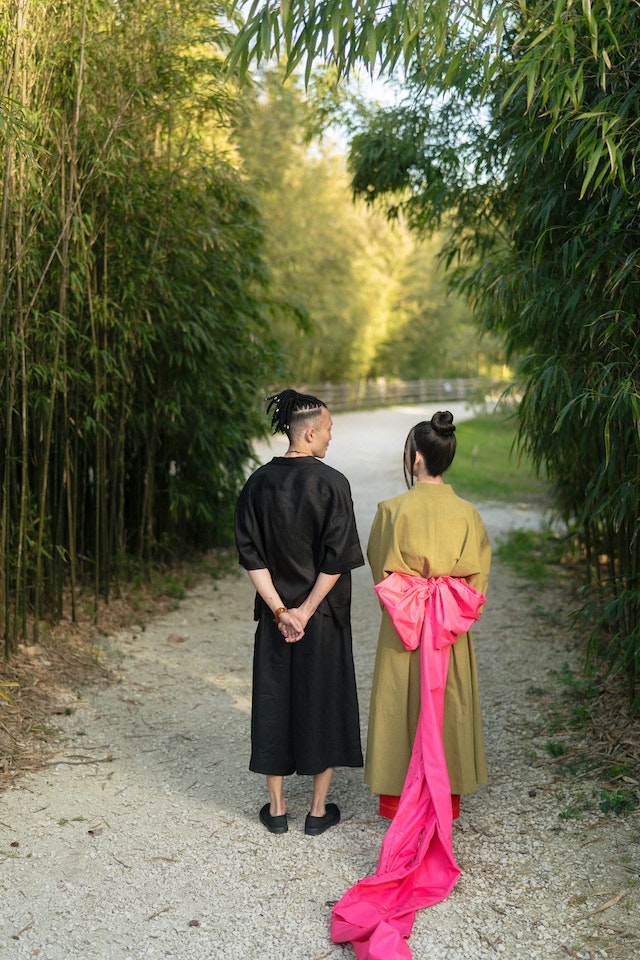
You may have a conversation with the people around you about your observations, or you may observe in silence and take in the serenity of the environment.
A walk through a Japanese garden can be a meditative and calming experience, allowing you to take a step back from the hectic city life you’re always caught up in.
It is also crucial to spot the different elements used in the garden and try to figure out the intent of the garden maker.
When you do so, it’s akin to opening a letter from the past and reading its contents filled with emotions and meaning.
This will give you a deeper appreciation of the garden and the meaning behind its design.
Partake in the tea ceremony
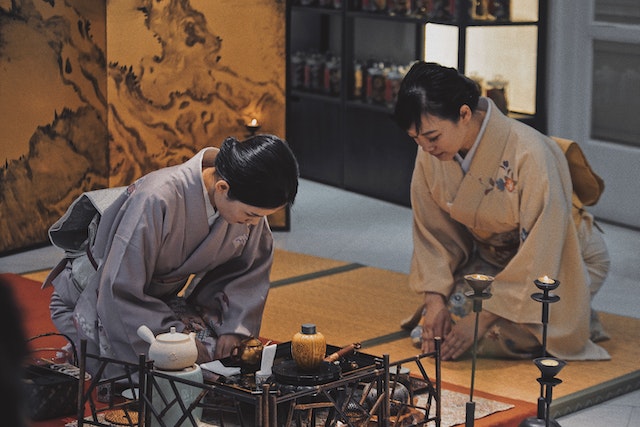
Another way to enjoy a Japanese garden is to participate in a traditional tea ceremony.
You may find tea houses in some of these gardens, so you could elevate the experience and partake in the tea ceremony yourself!
The tea ceremony is a significant part of Japanese culture, and it is often held in a traditional Japanese garden.
The ceremony is a way to appreciate the beauty of the garden, as well as the tea and the company of others.
Visit in different seasons

Lastly, it’s a great idea to visit a Japanese garden during different seasons, as the gardens often change with the seasons.
The various elements used in the garden take on a whole different meaning.
Spring is a popular time to visit Japanese gardens, as the cherry blossoms are in full bloom, and the gardens take on a new beauty.
Conclusion
All in all, Japanese gardens are a true representation of the country’s culture, art, and history.
You’ll find yourself walking around in many of these gardens because these are popular tourist locations.
Now that you’ve understood the concepts of the Japanese garden, try to find the meanings and symbolisms behind the garden you’re walking in.
By understanding the history and symbolism of Japanese gardens and the best ways to enjoy them, you can gain a deeper appreciation of these iconic landscapes.
These gardens are not only a visual treat but also a symbol of the Japanese way of life.
- Which Japanese garden type is your favourite?
- Are you going to visit any famous Japanese Garden soon?
Tell us in the comment section below, and share this with your friend who is travelling to Japan!

